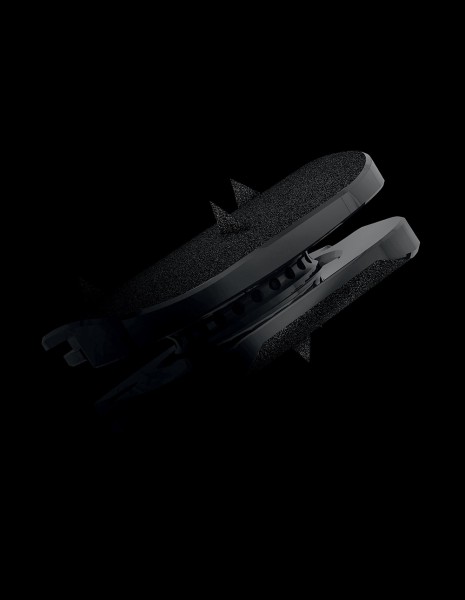
One- or Two- Levels Treatment by Arthroplasty of cervical degenerative Disease
Preliminary Results after 5 Years Postoperative Controls.
Fransen P, Noriega D, Chatzisotiriou A, and Pointillart V.
Journal of Spine, 2018
Abstract
Introduction: Although cervical arthroplasties have been widely used with some success over the last decade, long terms results are missing, particularly for the latest designed implants such as semi constrained prostheses.
Material and methods: 89 patients were enrolled in an observational study evaluating long term safety and potential complications related to the use of the cervical prosthesis Baguera® C. All patients had been treated at one or two levels between June 2009 and June 2011.
At the 5 years FU visit, the patients were evaluated clinically and neurologically, and with self-assessment questionnaires (NDI, SF12). Radiological examination was performed by lateral X-rays in neutral, flexion and extension positions.
Results: There were no reoperations at the arthroplasty level, no fracture of system components, no loss of fixation, and no migration nor subsidence. 17 patients had signs of adjacent level(s) degeneration.
The performance related to Baguera®C usage, was evaluated at 5+ Y. PO by three parameters: Range of Motion (ROM), NDI and SF-12 scores. ROM at the treated level was 8.6° ± 5.0°. 87.7% of the treated levels showed preserved motion.
NDI score was 19.5% ± 14.1%. 92% of the subjects reported NDI scores over 50%, and 74.2% of the subjects reported NDI scores under 30% and 45% of the subjects reported NDI scores under 10%.
The QOL Index and Patient Satisfaction (SF-12 scores) reached 48.5 ± 8.6 for the PCS physical score and 48.0 ±10.5 for the MCS Mental score. Both SF-12 components, physical and mental, were close to a normal health status (50%).
Conclusion: Cervical disc replacement with the Baguera®C prosthesis shows excellent safety, clinical results and long-term motion preservation. There was no index or adjacent level reoperation after 5 years. Radiological progression of adjacent level degeneration was seen in a significant minority of cases, but without clinical expression.

